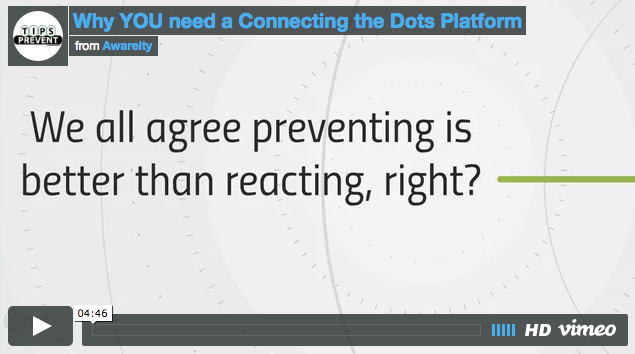Cyber Security: PATCHING and that Dam Analogy!
ONGOING PATCHING is one of the BEST ways to prevent expensive and embarrassing information security breaches. Equifax failed to PATCH a server and it led to 143 million of Americans (perhaps even you and me) having their sensitive information exposed to cybercriminals. Two top Equifax IT executives have stepped down (and were called out by name in negative headlines) because they failed to make sure the ONGOING PATCHING of their servers took place in a timely manner to prevent hackers from gaining unauthorized access to sensitive information. Equifax is just one of thousands of organizations that have failed to make sure ONGOING PATCHING is takingRead More →


